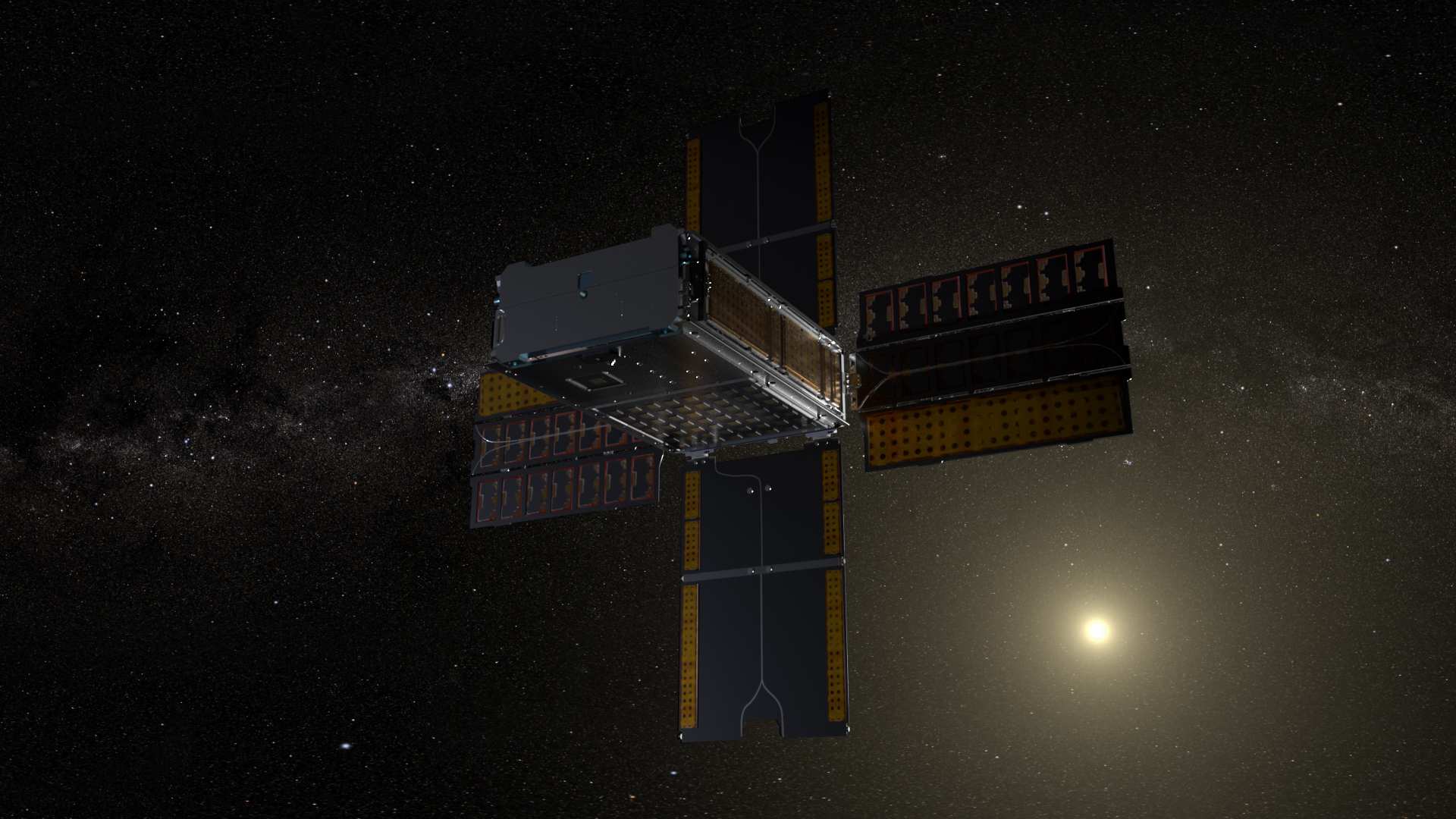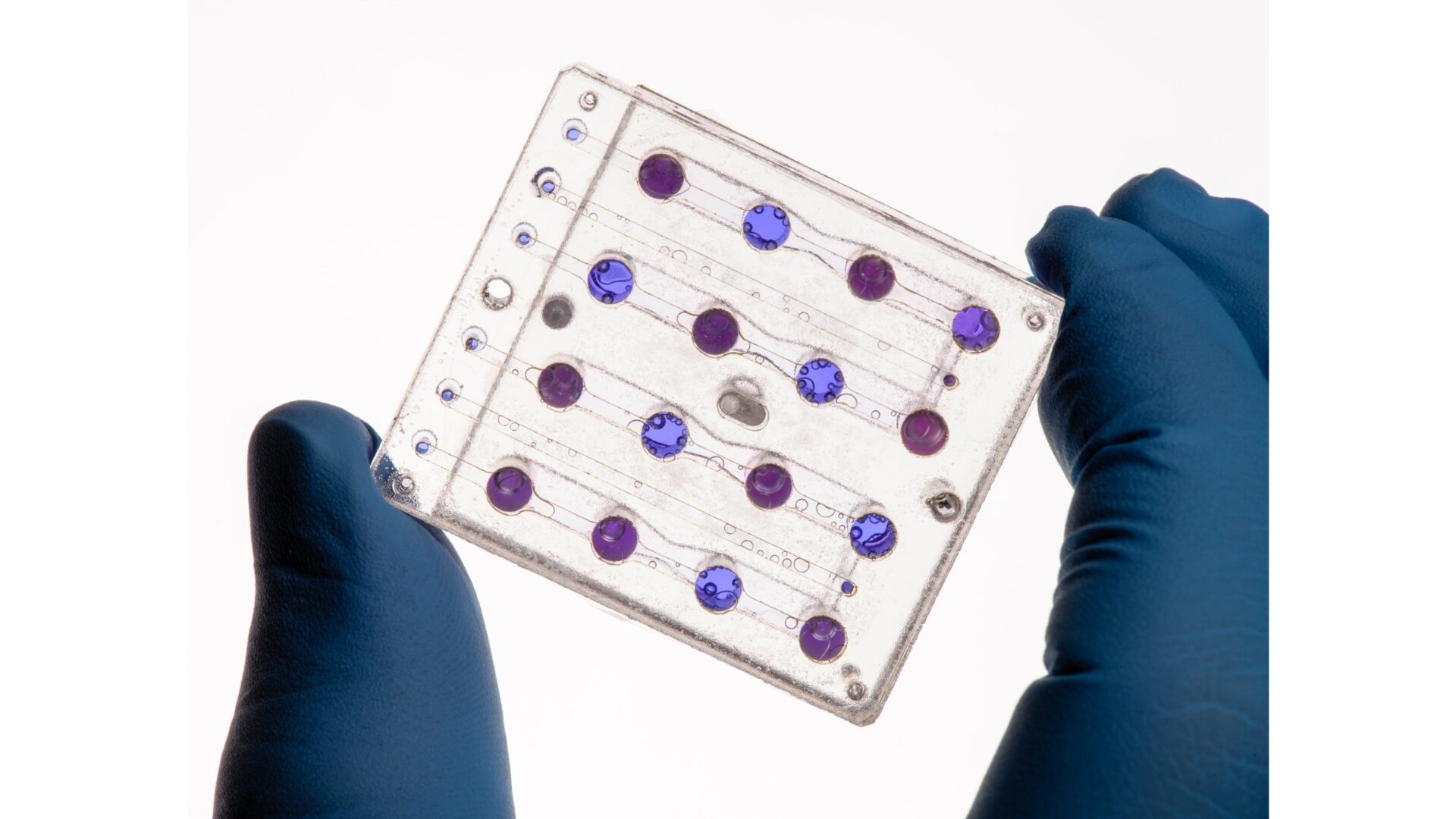During the launch of the NASA Artemis I mission, which is scheduled for August 29, the new Space Launch System (SLS) rocket will deliver to the Moon not only the next-generation NASA Orion capsule, but also 10 tiny Cubesat satellites. One of these Cubesat will present the BioSentinel mission, which will be the first long-term biological experiment in deep space. As amazing as it may sound, the samples of life forms on board the Cubesat are simple yeast. Nevertheless, it is hoped that the experiment will provide unprecedented data on the impact of distant space on terrestrial life forms.

“The BioSentinel experiment is the first of its kind. It will transport living organisms into deep space than ever before,” said Matthew Naples, BioSentinel project manager at NASA’s Ames Research Center in California.
Hundreds of yeast strains in a container the size of a briefcase will be delivered on board Orion. If all goes according to plan, the Artemis I mission will be launched on a very expensive and powerful NASA Space Launch Systems (SLS) rocket, which will launch a tiny BioSentinel satellite with yeast on board into an orbit around the Sun similar to Earth’s orbit. This will help to study the effect of solar radiation on organisms that have left the magnetic field of our planet.

The fact that BioSentinel yeast will embark on the longest known journey into space is significant and may be of great importance for understanding how deep space affects living organisms before humanity begins to travel to Mars and then to remote corners of the Solar System.
The yeast cells of the Artemis I mission will have neighbors on board the Orion SLS capsule, including three test dummies, a Shaun the Sheep toy, a weightlessness indicator in the form of a Snoopy toy and an Amazon Alexa device.
Earlier we reported on where life can be found on Mars.
According to Space.
Follow us on Twitter to get the most interesting space news in time
https://twitter.com/ust_magazine
